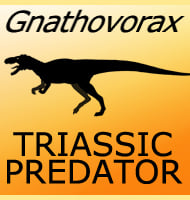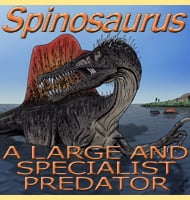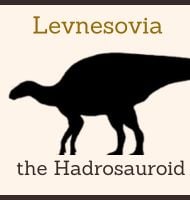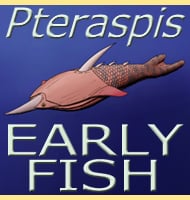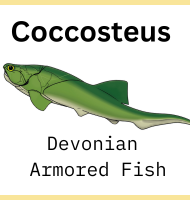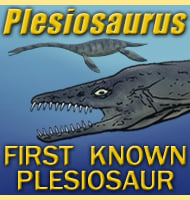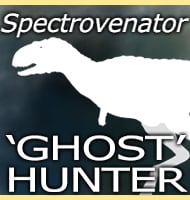In Depth
Nodocephalosaurus was described in 1999 from a partial skull but still managed to make news amongst palaeontologists because it was unlike other North American ankylosaurs. In fact the shape of the skull of Nodocephalosaurus is actually more like the skulls of the ankylosaurs Saichania and Tarchia, both currently only known from central Asia. This is further evidence that in the Mesozoic North America and Asia were joined by a land bridge that allowed several kinds of dinosaur from stegosaurs to ceratopsians to even tyrannosaurs to radiate out across both of these continents so that they had a similar assemblage of fauna.
In 2006 further remains from the Kirtland Formation that included two caudal (tail) vertebrae, cervical (neck) spine and two osteoderms from a skull were attributed to the genus. Although not found with the type specimen, these remains were attributed to Nodocephalosaurus on the basis that it is the only known ankylosaur from this strata and location. Full reconstruction of this dinosaur is still too difficult to establish with certainty, but comparison with the aforementioned Saichania and Tarchia does allow palaeontologists to at least get an idea of what Nodocephalosaurus might have looked like. Analysis of Nodocephalosaurus has revealed the presence of what is thought to be a well-developed nasal area that is fairly common amongst ankylosaurs. This is seen as an adaptation to dry climates by reducing the amount of moisture lost through respiration.
Nodocephalosaurus would have been heavily armoured in order to gain some protection from predators, possibly such as the short snouted tyrannosaur Bistahieversor which is also known from the Kirtland Formation.
Further Reading
– Nodocephalosaurus kirtlandensis, gen. et sp. nov., a new ankylosaurid dinosaur (Ornithischia: Ankylosauria) from the Upper Cretaceous Kirtland Formation (Upper Campanian) San Juan Basin, New Mexico. – Journal of Vertebrate Paleontology 19(1):126-139. – R. M. Sullivan – 1999.

